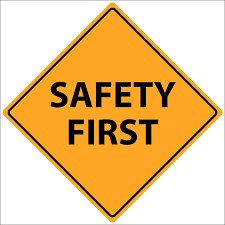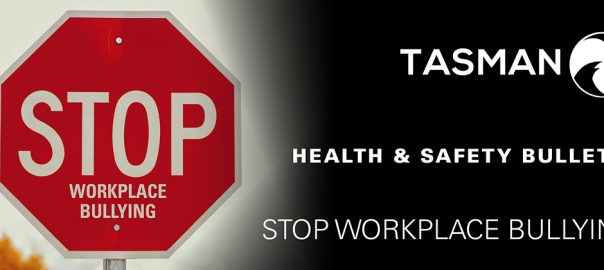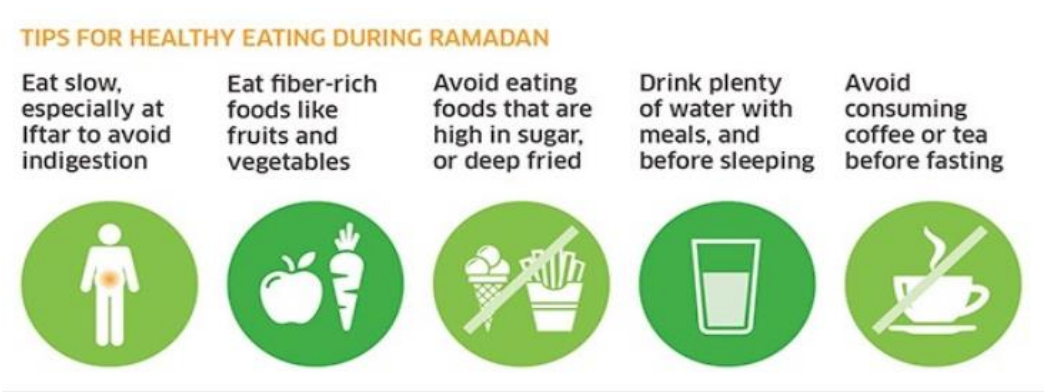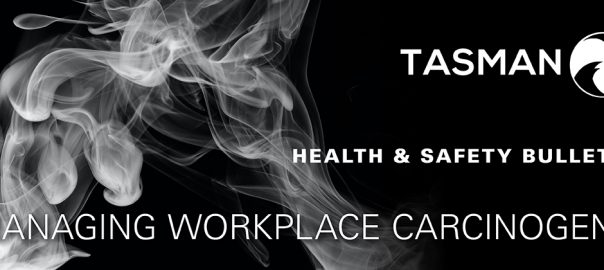WORKPLACE BULLYING is a repeated and unreasonable behavior directed towards a worker or group of workers that create a risk to health and safety.
It is a risk to health and safety because it may affect the mental and physical health of workers.
Bullying can take different forms including psychological, physical, or even indirect –example deliberately excluding someone from work-related activities. It can be obvious and can be subtle, which means it is not always easy to spot.
Examples of workplace bullying includes:
- Abusive or offensive language or
comments - Aggressive and intimidating behavior
- Belittling or humiliating comments
- Practical jokes or initiation
- Unjustified criticism or complaints
EFFECTS OF BULLYING
Workplace bullying can seriously harm employee’s mental health with depression, psychological distress, and emotional exhaustion as common outcomes for bullied employees. These health outcomes may adversely impact the workplace with employees taking sick leave and being less productive.
MANAGING THE RISK OF WORKPLACE BULLYING
In July 2020, we issued a Safety Bulletin regarding management of workplace bullying which is summarized below:
- Regular consultation with employees to find out if bullying is occurring and if there are factors likely to increase the risk of workplace bullying.
- Setting the standards of workplace behavior.
- Designing safe systems of work by clearly defining jobs and providing workers with the resources.
- Implementing workplace bullying reporting and response procedures.
- Developing productive and respectful workplace relationships through good management practices and effective communication.
- Providing information and training on workplace bullying policies and procedures, available support, and assistance, and how to prevent and respond to workplace bullying.
- Prioritizing measures that foster and protect their psychological health of employees.
HOW TO REPORT A WORKPLACE BULLYING INCIDENT
Reporting of workplace bullying is encouraged within the group policy. There are two complaint procedure that are available, formal, and informal complaint.
Formal Complaint – this process involves the employee making a formal complaint followed by a formal investigation process by an external investigator appointed by the board. The process involves collating all the information about the complaint and then making a finding based on the available information collated.
Informal complaint – this process involves discussing the issue with the person against whom the complaint is made and / or facilitating a meeting between parties involved to resolve the issue and move forward.

DEALING WITH BULLYING COMPLAINTS
In dealing with bullying complaints, the group will adopt to the following principles:
- Take all the complaints seriously.
- Act promptly.
- Will not victimize any person who makes a complaint.
- Support all parties.
- Be impartial.
- Communicate the investigation or complaint process to all parties involved, including estimated length of time for resolution.
- Maintain confidentiality as far as possible.
- Act appropriately.
- Keep records.
For detailed information about the group Harassment and Bullying Policy, the approved policy can be accessed below Click here.






